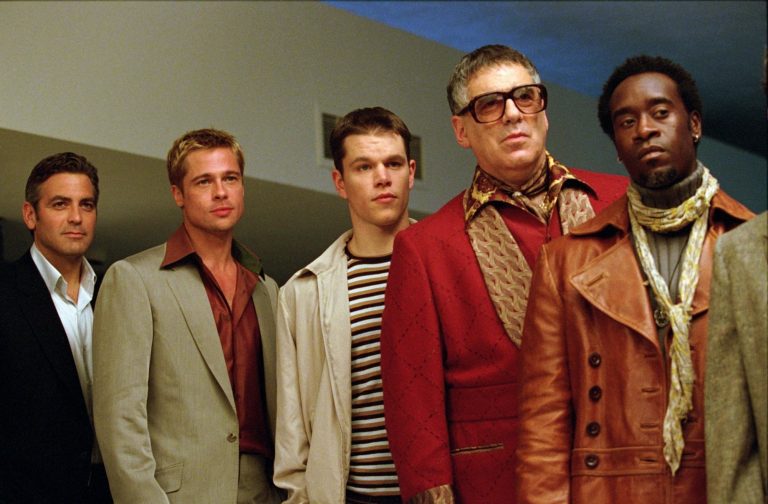Storytelling has always been at the heart of entertainment, but a new approach is changing the way stories are told and experienced. Interactive storytelling allows audiences to step into narratives where their choices directly influence the outcome.
This shift has opened up creative possibilities that were once unimaginable, giving viewers and players the chance to become active participants rather than passive observers.
Watching or playing is no longer the only way to enjoy stories. Now, people can shape the journey themselves. As technology grows and audiences look for stronger connections to the stories they love, interactive storytelling is becoming an exciting way to enjoy entertainment.
Expanding Horizons: Interactive Storytelling in Entertainment
The concept of interactive storytelling gained widespread attention through projects that allowed audiences to take an active role in shaping narratives. A prominent example is Black Mirror on Netflix.
In this interactive episode, viewers help Stefan, a programmer in the 1980s, make choices as he works on creating a video game. These choices can be small, like picking what cereal he eats, or big, life-changing decisions. Every choice changes the direction of the story, leading to different endings.
The choices in Bandersnatch are more than superficial as they tie directly into the themes of free will and control, which are central to the plot. For instance, Stefan begins to question whether he is in control of his own actions as the viewer’s decisions start to influence his behavior.
This approach allows audiences to engage with storytelling in a way that feels personal and impactful. By breaking the traditional linear structure, Bandersnatch paved the way for more ambitious interactive episodes in television. It highlighted how technology could transform a passive activity into an engaging and thought-provoking experience.

Impact Beyond Film: Interactive Storytelling in Gaming
Interactive storytelling has found its strongest foothold in gaming, where player involvement is a natural part of the experience. Unlike traditional forms of media, games invite players to directly influence the world around them, making this medium ideal for stories that shift and adapt based on individual decisions.
Nowadays, players can find all sorts of games with interactive storytelling. It has become a staple feature in the industry, leaving a greater impact and a more immersive experience through not just gameplay mechanics, but also following an interesting storyline. Even games like online slots like Gonzo’s Quest or Book of Ra which can be played on a casual games site are being released with unique storylines to keep players intrigued and wanting to see how the story is going to evolve.
In addition to this selection, they also have puzzle games, building and others that also focus on detailed stories where players’ choices really matter. This style of gaming is popular with people who prefer being more involved in the story.
On the other hand, video games such as The Witcher 3: Wild Hunt and Detroit: Become Human showcase how storytelling in gaming has evolved. The Witcher 3 integrates player decisions into a richly detailed world, where characters and events respond to those choices in meaningful ways.
Meanwhile, Detroit: Become Human goes a step further by presenting a branching storyline where every action determines the direction of the plot. Each choice creates ripple effects, leading to dramatically different endings.
Movies Pushing the Boundaries of Storytelling
Interactive storytelling has expanded into cinema, creating opportunities for viewers to influence how stories unfold. One example is The Matrix Resurrections, a project that combines gaming technology with cinematic storytelling. This production is not a traditional film or game but instead offers a glimpse into how the two can merge.
The story takes place in the world of The Matrix and lets viewers make choices that affect what happens next. It gives a glimpse of how movies and games can combine, showing a new way for people to enjoy stories.
Another example is Late Shift, a film that fully embraces audience participation. The story follows Matt, a man working as a parking attendant who becomes entangled in a heist.
Throughout the film, viewers are presented with decisions that determine Matt’s actions, relationships, and ultimate fate. The choices range from moral dilemmas to practical decisions, creating a branching narrative with seven possible endings.







